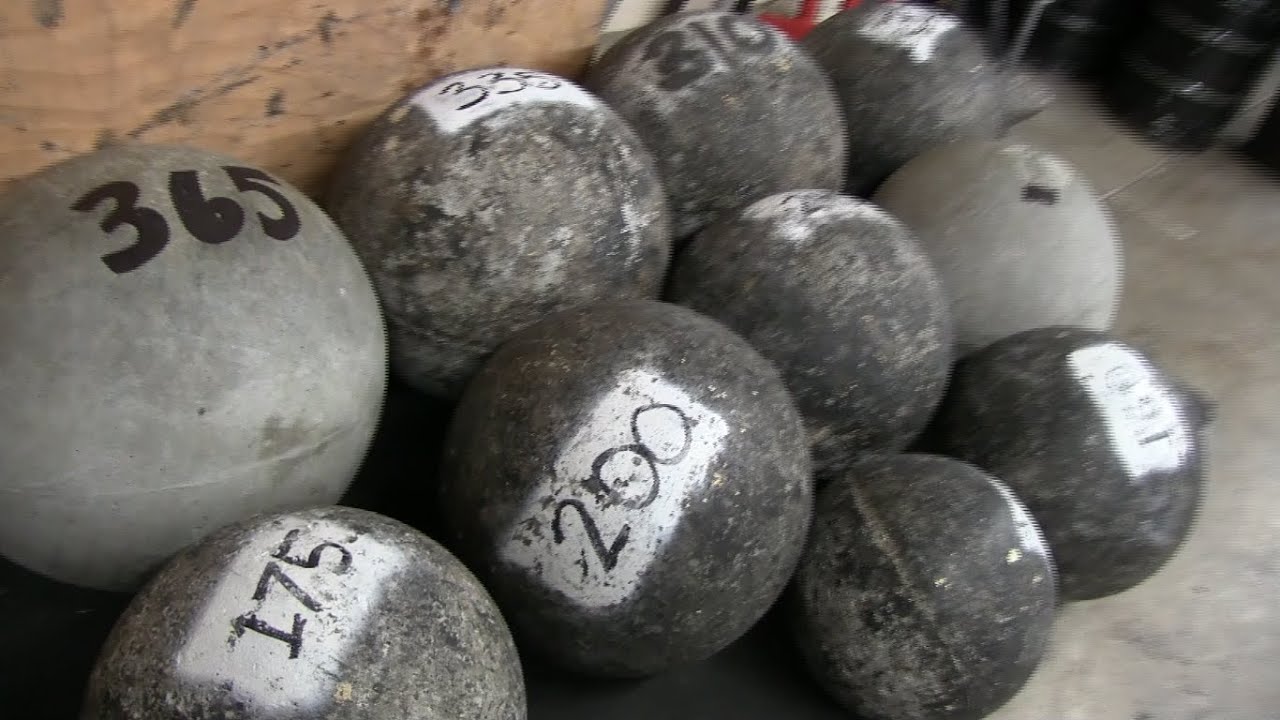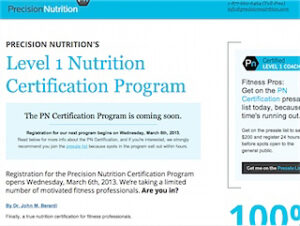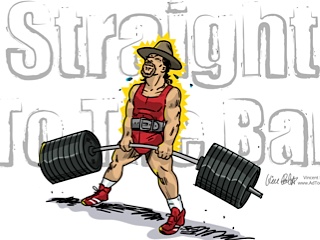Before Bill Murray got all serious, sad, and Oscar-worthy, he made Groundhog Day. If you remember, he played an arrogant weatherman for a local news station. He also referred to himself as “The talent“.
While stranded in a small town, one of the locals mentions something about the weather. Murray embarks on a lengthy, scientific speech about cold and hot fronts, longitudes and latitudes, et cetera. When he finishes the lecture, he says:
“Now, did you really want to talk about the weather, or were you just making chitchat?”
I thought I wanted to learn about anatomy – I was just making chitchat.
Anyone who lifts weights or works out or ages will eventually get injured. It might be a small tweak in your neck or a fractured femur. Some day, something will happen that will set you back in your training. It may not even be your fault when it happens. Our bodies are vulnerable – getting hurt is sometimes the cost of being alive.
One way to prevent injuries or recover from them is to study some anatomy. You know how to do a dumbbell curl. But do you actually know what is happening in your body when you perform the curl? I mean, do you really know? Would Socrates examine you and say that you know or would he start questioning you your knowledge?

Saying “Well, I squeeze at the top for maximum contraction and I lower it slowly because I love me that pump” doesn’t count.
Frederic Delavier doesn’t make chitchat in Strength Training Anatomy.
Back to that curl. In Strength Training Anatomy, Delavier demonstrates that the following muscles and mechanisms are involved in the curl…
- Flexor carpi ulnaris
- Flexor carpi radialis
- Brachialis
- Triceps brachii, long head
- Anterior deltoid
- Clavicular head
- Brachioradialis
- Extensor carpi radialis longus
- Anconeus
Turns out that when I said “I want to learn some anatomy“, I was making chitchat.
It might sound daunting, but here is the good news:
The Book is 99% Pictures! Hooray!
The stereotype is that picture books are for dummies and babies. Not so. I am not a master of visualizing complex medical terminologies on the fly and I don’t feel bad about it.
Off the top of your head, maybe you can’t think of just how to ensure that your clavicular head doesn’t screw up your curls. I certainly can’t. We don’t have to.
The pictures in Strength Training Anatomy are:
- Gigantic
- Easy to understand
- Colorful
- Perfect for understanding what happens during a lift. It isn’t just pictures of skinless bodies. It’s pictures of skinless bodies doing the exercises themselves! If you want to know what’s happening during a curl, this is like looking at someone’s x-ray while they’re doing a curl.
The information is technical, but the presentation is not. And it isn’t just the pictures. Each exercise–each of the many, many exercises–demonstrated in the book teaches you exactly what is happening in your body during the movement.
Bottom Line:
If you’re into fitness, strength, health, or moving your body at all, you’ll do yourself a favor by learning about it. Once you know what you’re working with, it’s easier to pay attention.
When your shoulder hurts, won’t you feel fancy when you think, “Hmmm…I wonder if my acromion is at odds with my humerus?”
Strength Training Anatomy is a gift for anyone with a short attention span or distaste for textbooks.
There’s no downside in knowing your body better. In my limited experience, this is the easiest place to start.












0 Comments